Are you looking for an exciting and inspiring activity to work on with your students during the International Women's Month? Your students will embark on a journey of discovery as they explore the incredible contributions of outstanding women in STEM (Science, Technology, Engineering, and Mathematics).
This innovative interactive notebook will challenge your students to research, learn, and celebrate the lasting impact of these pioneering women in the world of science and innovation.
What is included?
- Interactive notebook format with guiding questions.
- Larger format for bulletin boards with guiding questions.
- Interactive notebook format with blank spaces for students to include the information you want.
- Larger format for making bulletin boards with blank spaces.
- Simple format
How to Use this Resource:
1. Interactive Notebook: Use the interactive notebook for each of your students to research a prominent woman in STEM. Upon completing their research, they can share about these women in a gallery walk.
2. Collaborative Mural: Transform the interactive notebook into a collaborative project to create a mural in the classroom. Each student can have a section of the mural dedicated to a woman in STEM, using their interactive notebook to gather information and create visual elements. By combining all the sections, an impactful mural is formed that celebrates the diversity of prominent women in STEM.
BONUS!
For each woman, you will find various posters that include:
- Her name
- A short biography
- Two famous quotes
One idea I have implemented is to organize a bulletin board with the biographies of the women. This way, your students can approach, read, and choose the woman they want to research.
Included Characters:
1. Alice Ball - Pioneer in the effective treatment of leprosy, contributing to medical advancements.
2. Ada Byron Lovelace - First computer programmer, paving the way for women in computing.
3. Anne Easley - Prominent engineer and mathematician who opened doors for women in the aerospace industry.
4. Betty Holberton - Lead programmer of ENIAC, contributing to the onset of the computer era.
5. Clara Barton - Founder of the American Red Cross and advocate for professional nursing.
6. Chien-Shung Wu - Key experimental physicist in nuclear research, challenging gender barriers.
7. Diana Trujillo - Lead engineer at NASA, inspiring women in space exploration.
8. Ellen Ochoa - First Latina woman in space, a pioneer in space exploration.
9. Evelyn Boyd Granville - Mathematician and engineer excelling in aerospace and technology.
10. Florence Nightingale - Founder of modern nursing, transforming healthcare.
11. France Cordova - Astrophysicist and the first woman to lead the National Science Foundation.
12. Grace Hopper - Pioneer in computer programming and a U.S. Navy admiral.
13. Hayat Sindi - Scientist and entrepreneur, advocate for women's inclusion in science.
14. Hedy Lamarr - Actress and inventor whose technological discoveries paved the way for modern communications.
15. Hypatia - Prominent mathematician and philosopher in antiquity, influencing education and philosophy.
16. Jane Goodall - Primatologist and conservation advocate, redefining the relationship between humans and animals.
17. Julia Bowman Robinson - Outstanding mathematician, pioneer in number theory, and advocate for equality in education.
18. Katherine Johnson - NASA mathematician, essential contributor to achievements in space exploration.
19. Lise Meitner - Nuclear physicist who contributed to the theory of nuclear fission.
20. Mae Jemison - First African American woman in space, breaking barriers in space exploration.
21. Maggie Gee - World War II pilot, challenging gender stereotypes in aviation.
22. Margaret Hamilton - Computer scientist, led the software team for the Apollo program.
23. Margaret Mead - Cultural anthropologist and advocate for gender equality and cultural diversity.
24. Marie Curie - Nobel Prize winner in two scientific fields, pioneer in radioactive research.
25. Martine Rothblatt - Entrepreneur and advocate for transgender rights, founder of Sirius XM.
26. Mary Sherman Morgan - Pioneering chemist, contributed to the development of rocket fuels.
27. Merit Ptah - Possibly the first known female physician in history.
28. Rachel Carson - Biologist and author, played a crucial role in the environmental movement.
29. Rosalind Franklin - Chemist and crystallographer whose work was fundamental in understanding DNA.
30. Sally Ride - First American woman in space, paving the way for female astronauts.
31. Sau Lan Wu - Leading experimental physicist in elementary particle research.
32. Shirley Ann Jackson - Theoretical physicist and president of Rensselaer Polytechnic Institute.
33. Vera Rubin - Astronomer who confirmed the existence of dark matter.
34. Wang Zhenyi - Prominent mathematician and astronomer in ancient China.
If you liked this resource and it was useful for your class and your students, follow my store for more products.
Don't forget to RATE this product for TpT credits that you can use to buy more products!
Are you looking for this resource in Spanish? Here is the link
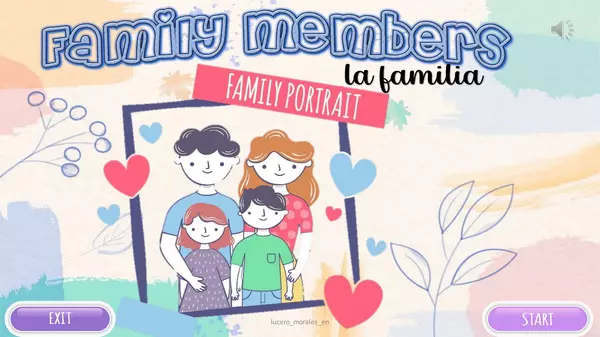
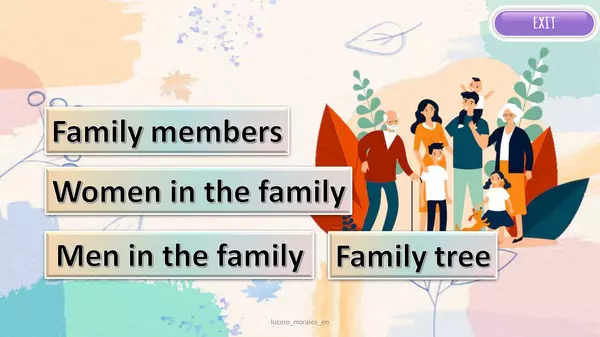
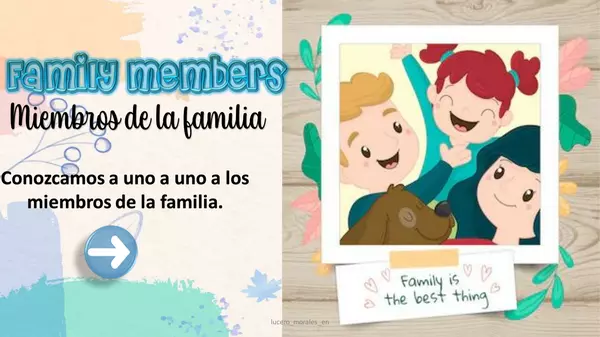
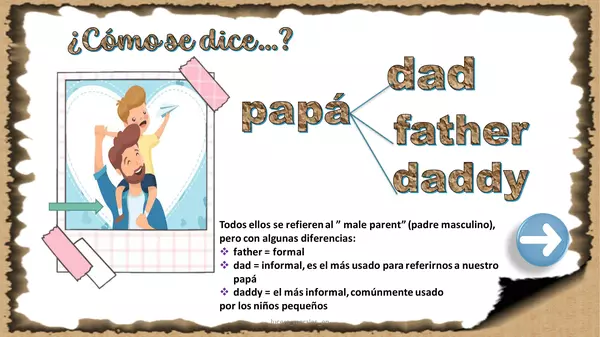
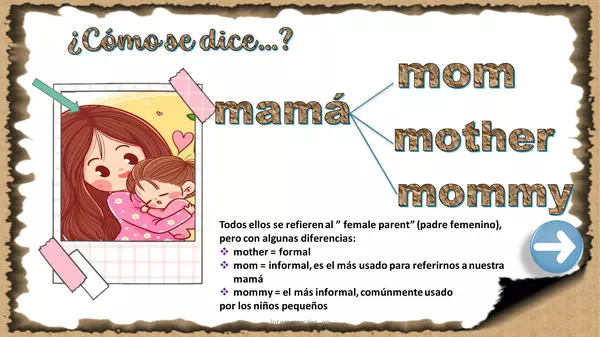
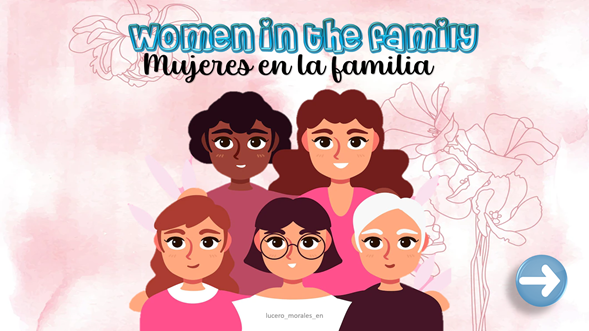
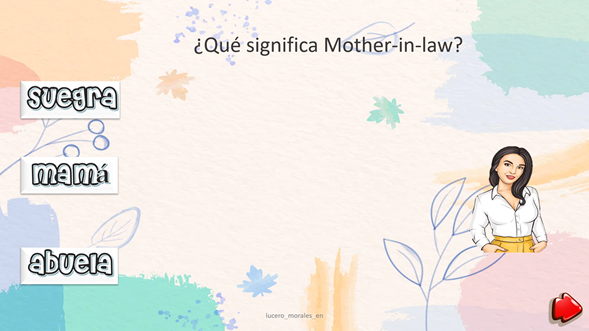

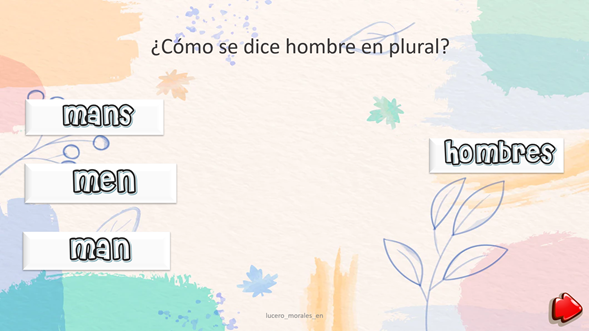
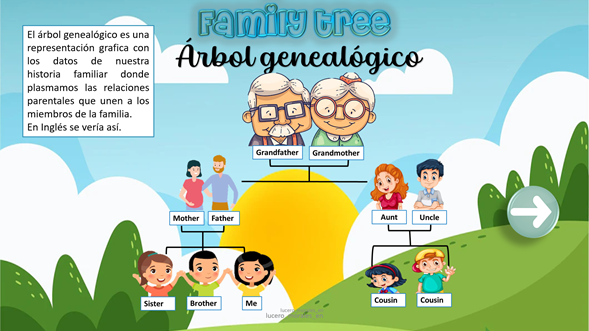
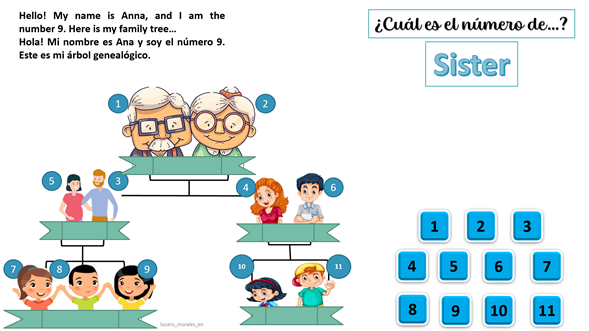
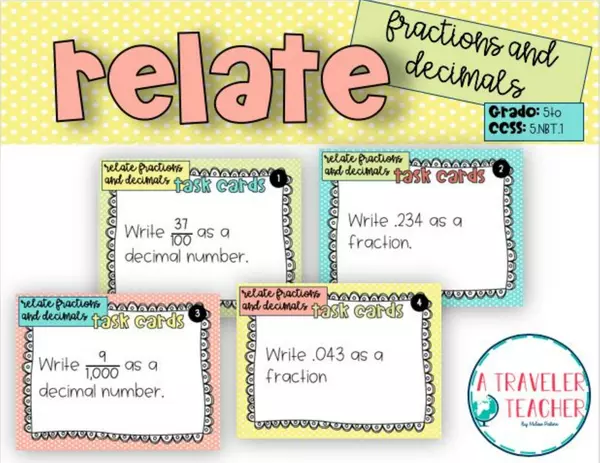
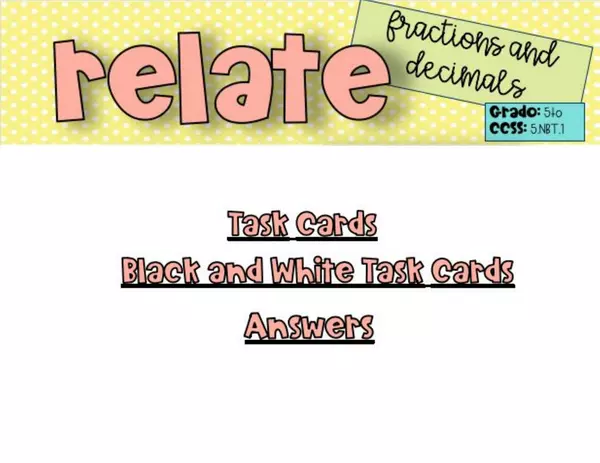
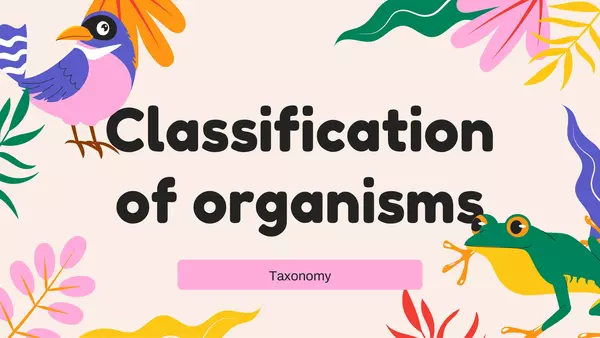
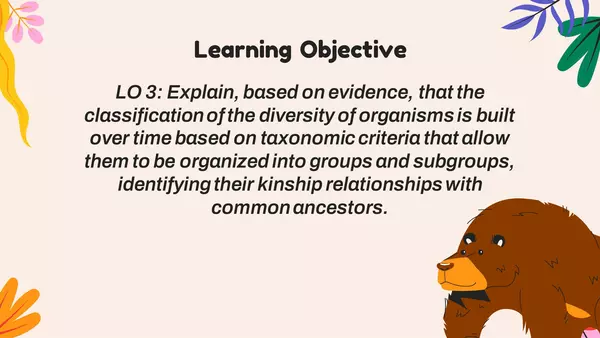
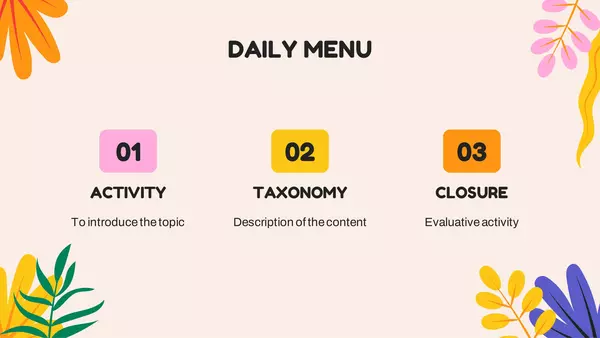
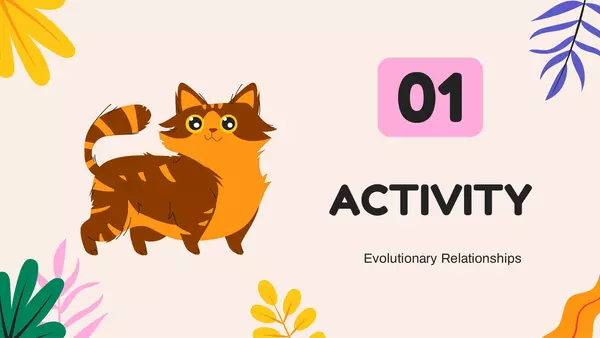
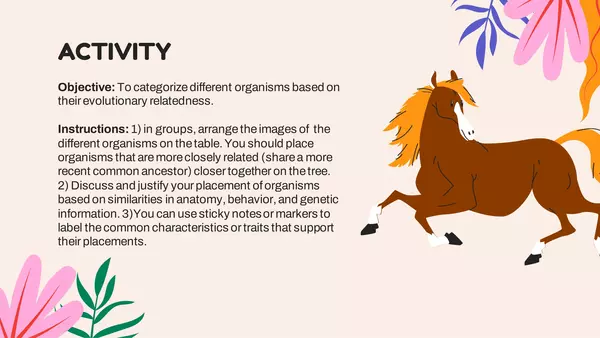
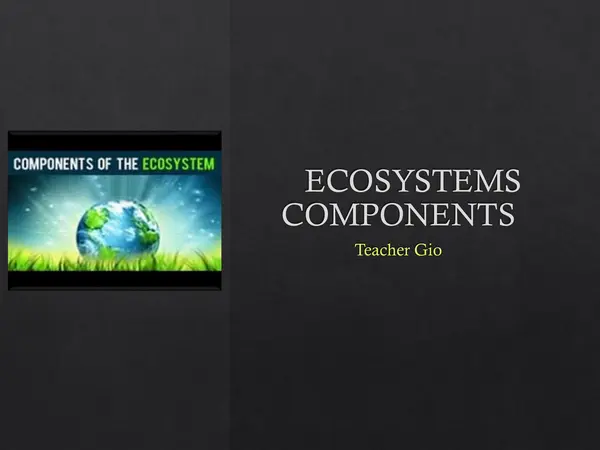
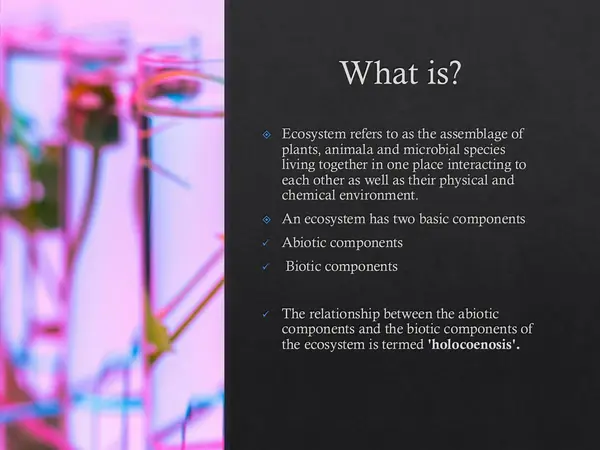

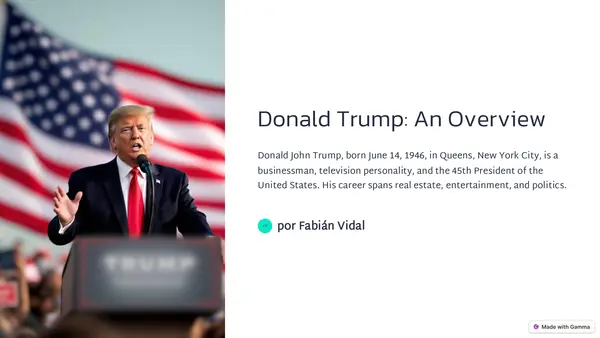
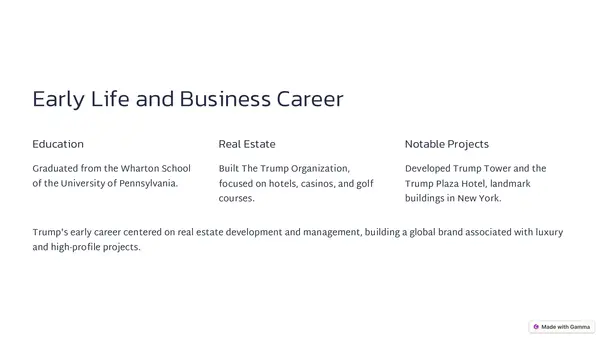
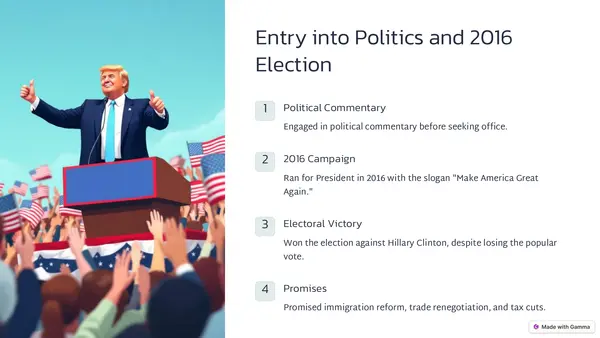
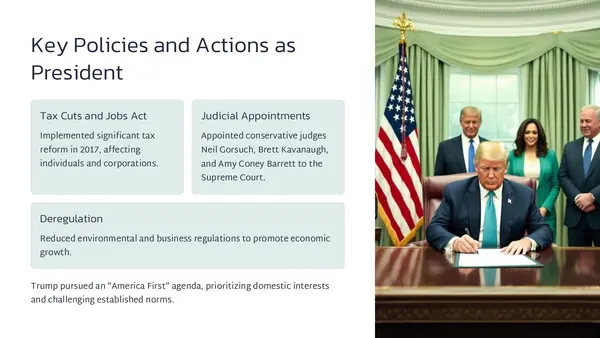
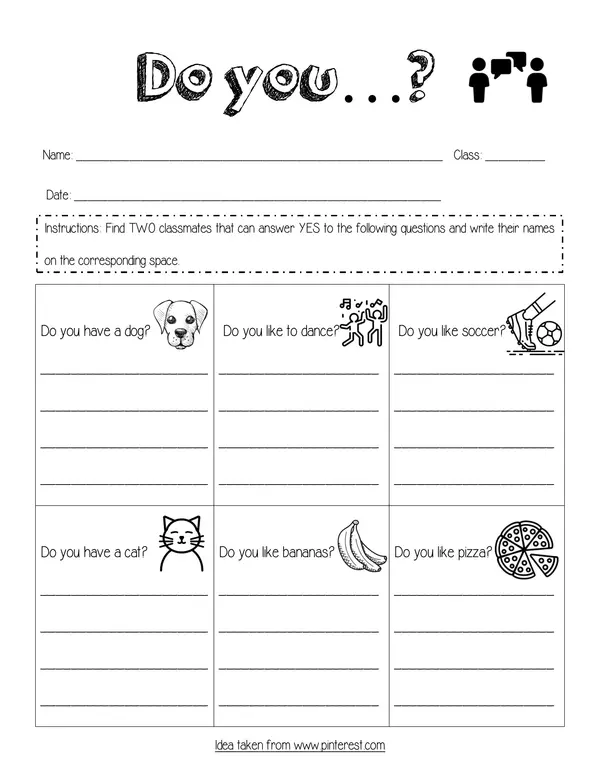
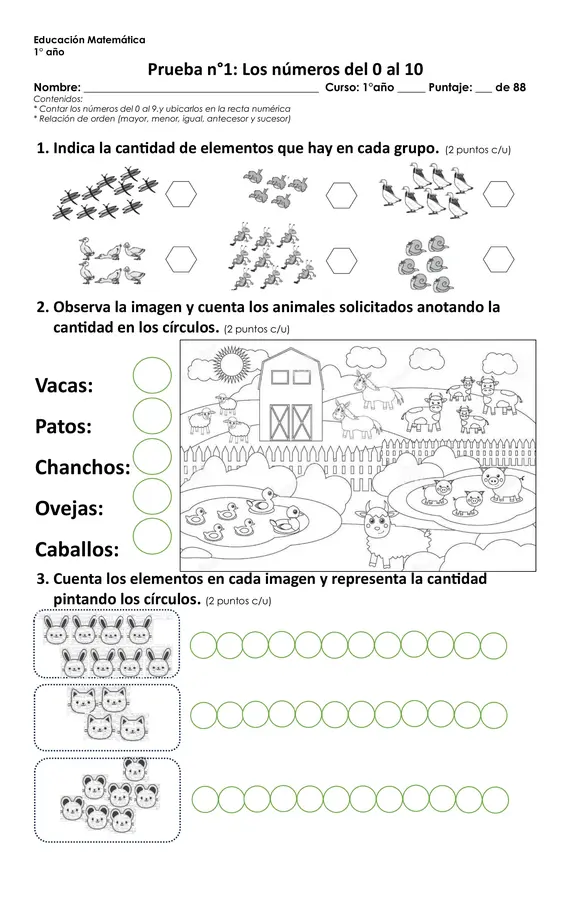
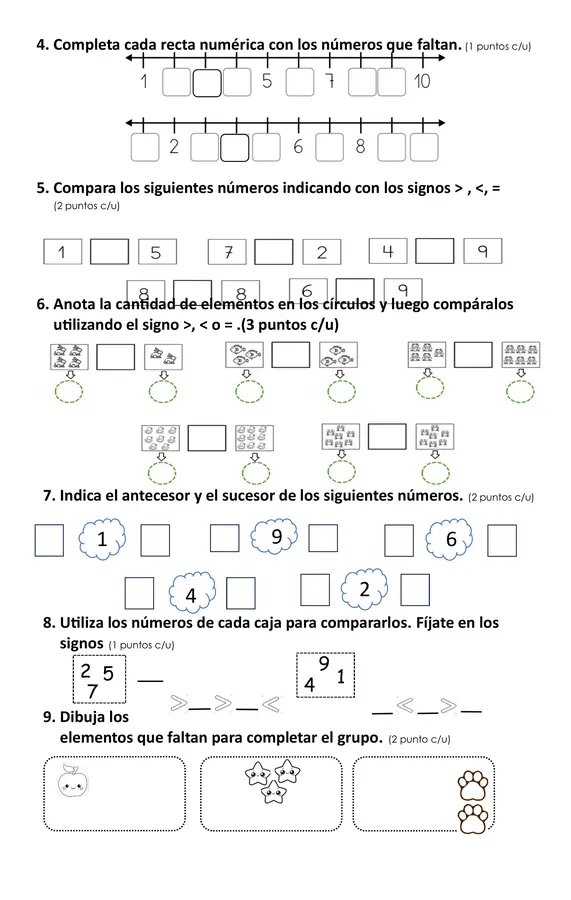
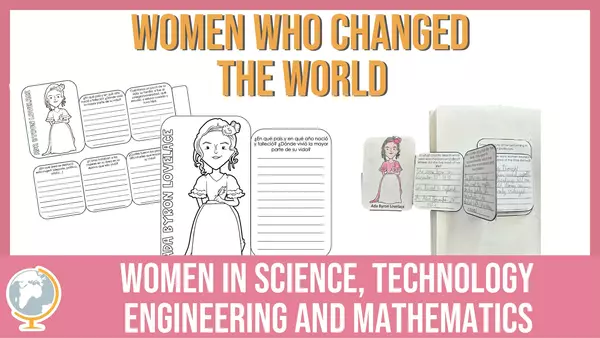
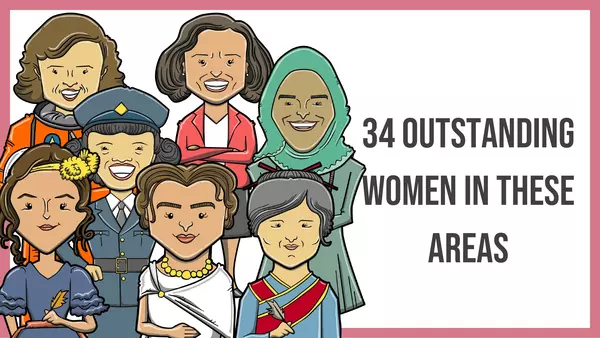
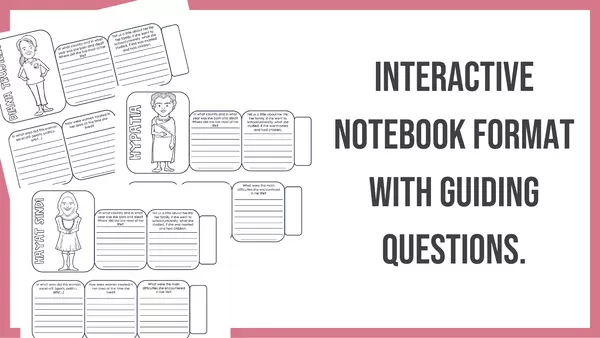
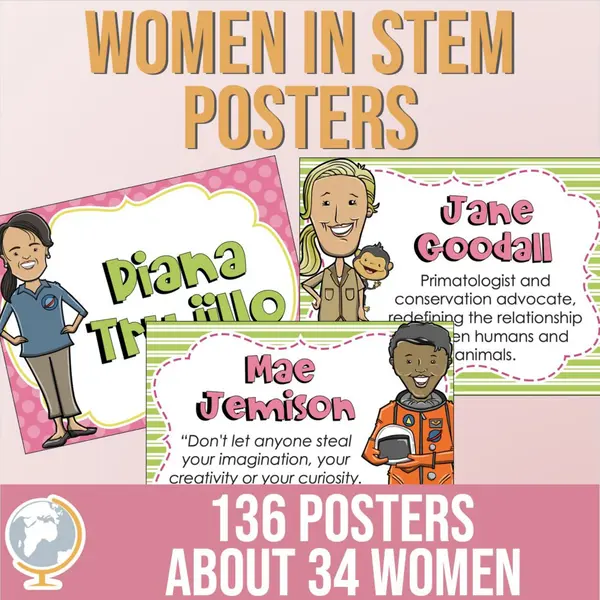
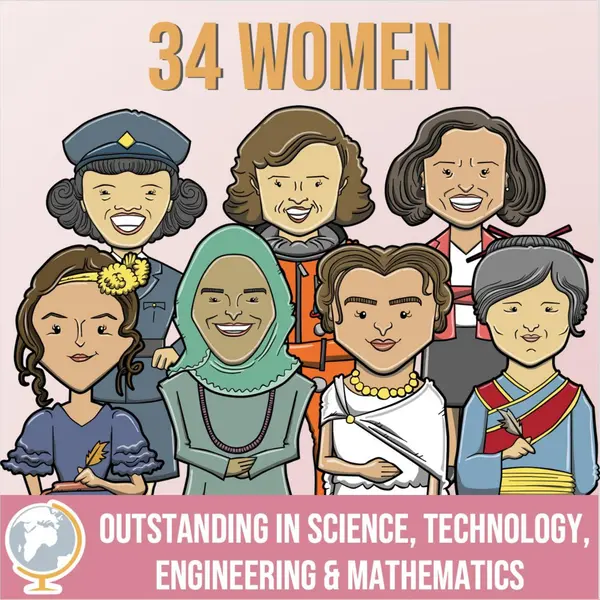
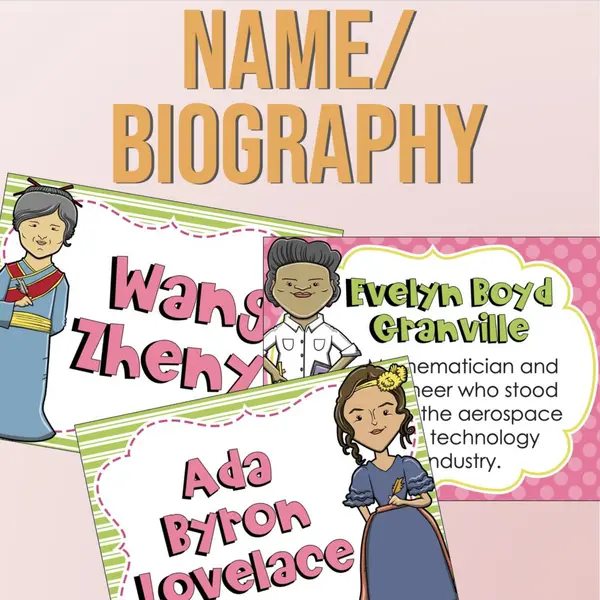
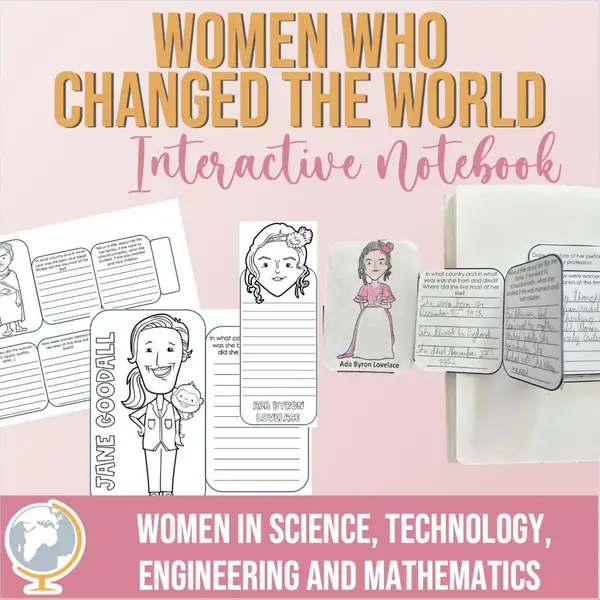
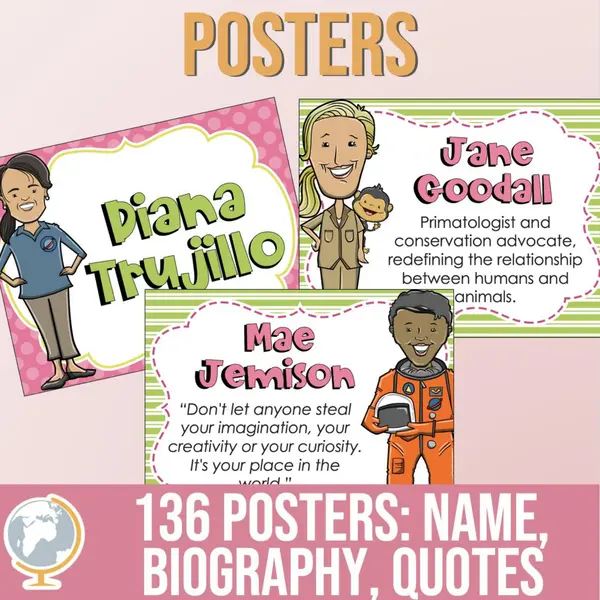
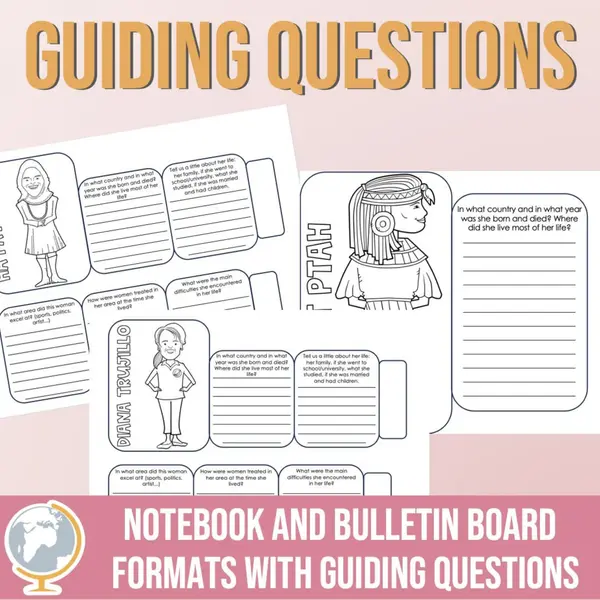
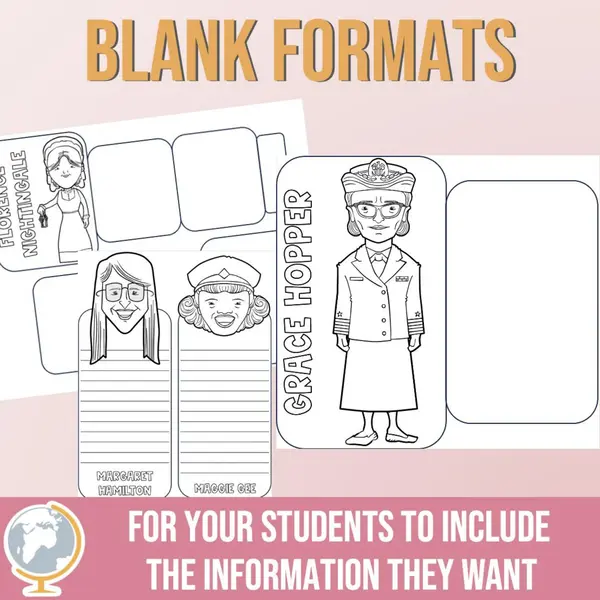
Lucero, muy buen recurso, ¿Podrías subir 1 sobre The time por favor? Gracias!!